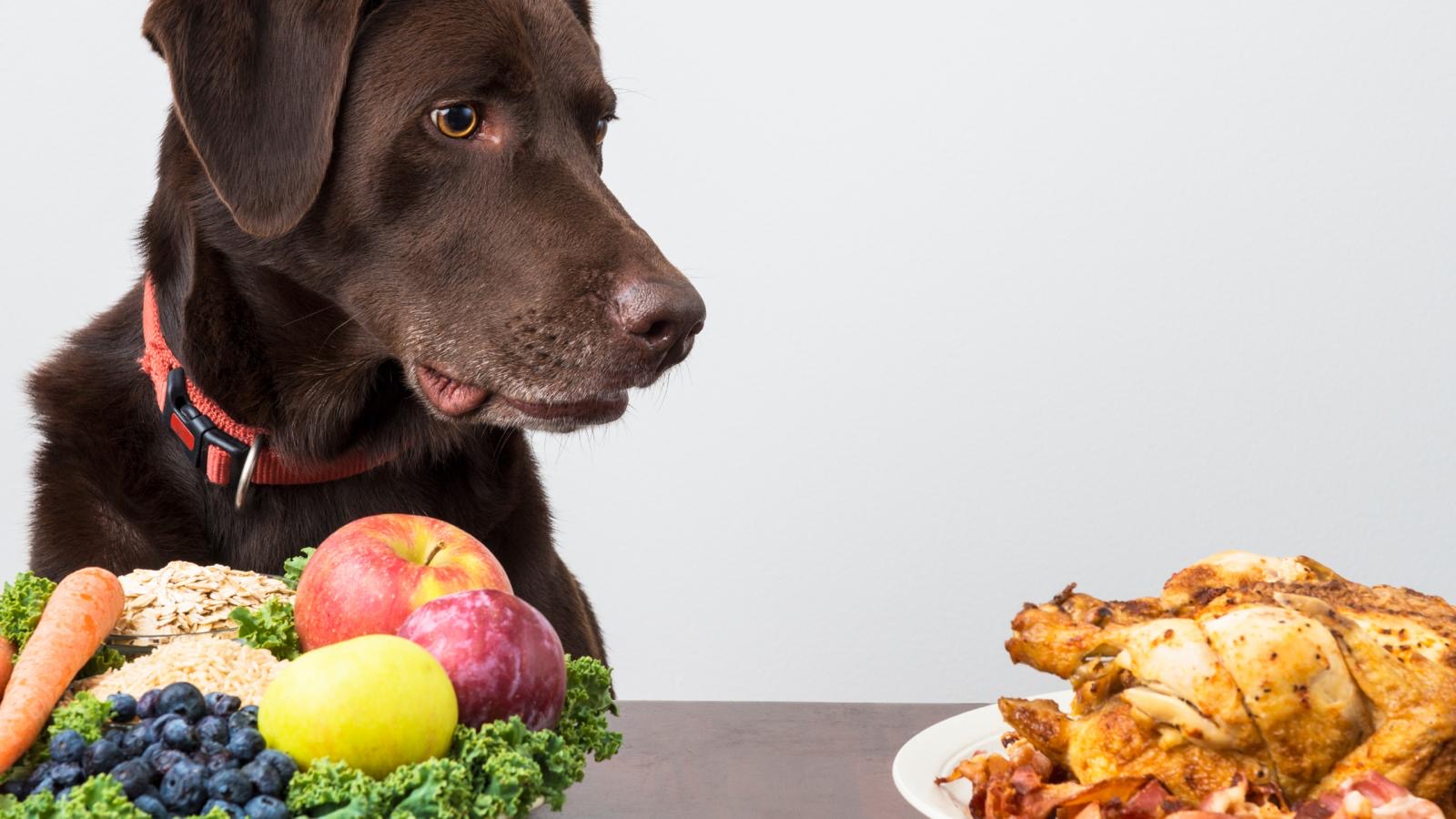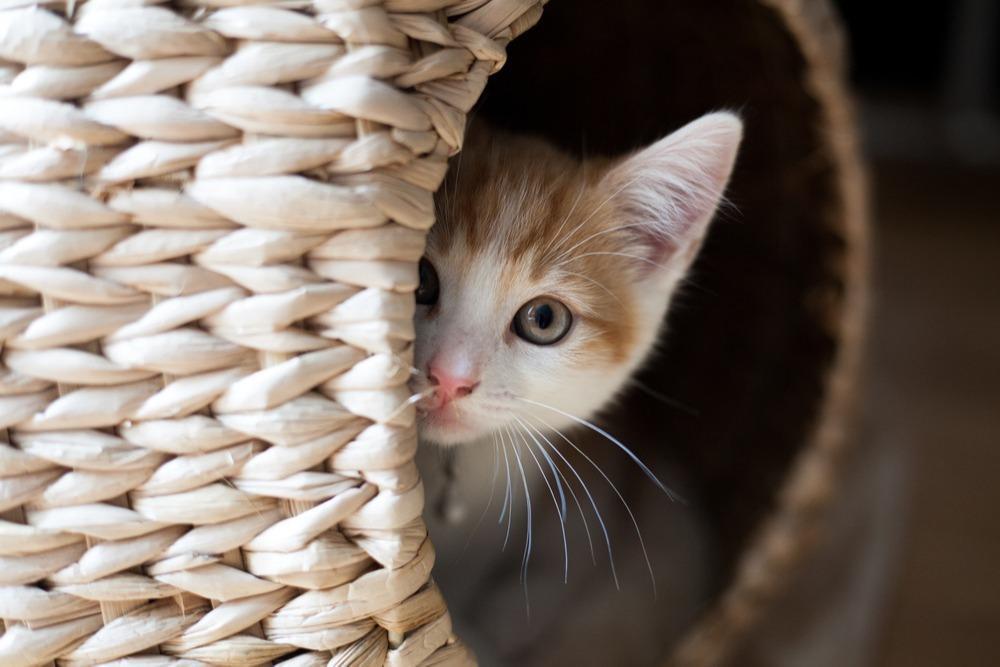
The Pet Owner’s Stress Load
- August 15, 2022
- 6 mins 30 secs
We know that there is a clear physiological response to stress, but if this response is the same from body to body, and therefore human to human, why do some of us seem more stressed than others?
Our perception of stress can be influenced by environmental, psychological, and genetic factors which all affect our stress load.
Most of us are familiar with the phrase “the straw that broke the camel’s back,” or more technically termed, trigger stacking, so let’s take a look at stress load for the pet owner and considerations to make in reducing it.
Stress Load
There is this concept of allostasis and it is the process of maintaining stability in response to demands – it’s similar in sound to homeostasis, which as we know is the body functioning as it should. Allostatic load is therefore the cumulative burden of stressors; think of it like overload – it is when challenge exceeds the ability to cope.
This is generally where the problem lies for many of us. If we are faced with one stress at a time, we manage it, once we miss our alarm, smash a coffee cup, run out of milk, lose the car keys and then get our jumper stuck on the door handle; we get particularly annoyed at the door handle for being there. If we had simply ran out of milk that morning, we would have just made a note to call for some on the way home.
But this concept can also happen on a much bigger scale; when we are facing difficult relationships with friends or family, if we are managing a chronic illness of a family member whether this is human or animal, if we are worried about finances or dealing with the loss of a loved one (human or animal).
Whilst it’s impossible to “size” stressors, these chronic situations are always lingering in the background – they are always weighing down that one side of the seesaw; making it harder to balance it out on the other side. We already, consistently, have a stress load.
Stress as a Contagion
Stress is also contagious. This isn’t something we need to notify the World Health Organisation about, but it’s true. It is deemed as co-regulation as species. In an evolutionary sense, it improved survival. If someone in our tribe became aware of a threat, the more sensitive we were to that meant that we too, could act quickly and avoid or manage it. The issue is that we are social beings, and whilst we’re no longer faced with an intruding predator or tribe, we still mirror others. For the most part, this is often described as being an empath – and we’ve all met (or are) those who seemingly take on the stress of others – but it will all add to our load.
This also occurs with our pets. We mirror our pet’s stress, just like they mirror ours. Many studies have shown that when tested, pet’s have increased cortisol levels alongside their humans.
On the subject of evolution, we also have our genes to thank for how well we manage stress.
Inherited Stress
Epigenetics is the area of study that looks at, despite DNA remaining constant, how certain exposure can alter gene expression.
DNA is like a PDF document and gene expression is like the PDF writer. What the document editor does is largely dependent on their working conditions like environment, nutrition, lifestyle and more.
What’s particularly interesting is that in cases of post-traumatic-stress-disorder or PTSD, these individuals could pass on epigenetic changes to their off-spring.
In short, trauma could be inherited. This may not be a surprise if you have ever come across a pet who was seemingly raised in the perfect home, but is still a nervous wreck! Could their trauma be inherited after all?
This isn’t a cop out – but it’s useful information when understanding our own feelings and behaviour.
Stress Genes
We have also identified certain genes that can help us understand our response to stress.
We know that certain hormones and chemicals are released in the body in response to a trigger; they do their job and then what?
Well, they need to be broken down and removed. But the right parts of the body need to get the right instructions for this to occur. The body is relying on that PDF document again.
The COMT gene, or more technically known as catechol-O-methyltransferase gene, codes for the enzymes to break down neurotransmitters like dopamine, epinephrine and norepinephrine (that occur in the stress response), and like everything in life, this can be coded slow, fast or just right!
The slow variation is more associated with HPA axis dysfunction – meaning you are more sensitive to stress. The catecholamines linger, meaning they have longer to do their thing. If you have a fast variation, you are less stress sensitive, because they are broken down quickly and excreted, but equally, as dopamine is involved in memory and attention, you can have a shorter attention span.
There are positive and negatives for both variations – the slow variation may make you more stress sensitive, but you’ll likely have better attentional control.
What’s also super interesting is that this genetic coding occurs in our dogs too – so we can have more stress-sensitive dogs, or less stress-sensitive dogs.
And whilst we can’t change the gene, we can change how it is expressed – so even if we have fast/slow metabolism of our stress catecholamines, we can make lifestyle choices to support this.
As it’s a methylation gene, adequate B-vitamins in the diet are essential, along with appropriate levels of magnesium. A diet rich in leafy greens is one of our favourite tips to support stress responses. In the case of a slow COMT, excess oestrogen can further burden it – so it can be useful to limit oestrogen boosters like xenoestrogens (plastics, pesticides, and chemical compounds), dairy, parabens and often soy.
Exercise also requires methylation and increases catechols. So whilst exercise is a great de-stressing activity, in the throes of a particularly stressful time in your life, perhaps yoga, Pilates, or long walks with your faithful friend are a better option.
Whilst we’ve explored the biology of stress load, there is still a psychological element.
Stress Behaviour
As humans, we learn from our experience; as we do something, a connection is forged in our brain, the more we revisit that connection, the stronger it becomes.
This same mechanism occurs when we face stress triggers too.
We assimilate information to understand the level of threat and establish the appropriate response. We remember this information to keep us safe in the future.
If we have found something stressful before, chances are, we’ll find it stressful again. From an evolutionary standpoint – if we remembered that a predator lived by a certain rock, we’d avoid that rock again. In our modern time, if we’ve hit a pothole in the car on a certain road, we avoid it next time.
The issue is that we develop false heuristics – or rules of thumb. For example, we could have found a work task particularly stressful because it was given to us on a particularly burdensome day. Had the same sequence of events not occurred, we may not have found it as stressful.
We could have found the changes we need to make for our pet’s health overwhelming because we weren’t acknowledging the challenges facing us in work that week, or there were difficulties in a close relationship.
There are clearly chronic stressors that are high load, no matter the burden, but sometimes we make unsupported connections in the brain and this is where neuroplasticity is such a useful concept when we are looking at our perception of stress, and in fact modulating the stress response. This is the idea that the brain can change.
This is further compounded when we look at data that suggests individuals who are chronically stressed don’t suffer the same health consequences when they see stress as a challenge, rather than a negative feature in their life.
The impact of stress physiologically, is the same, body to body, human to human, but it is relative. Our genes, experiences and lifestyle will all affect our perception of stress or our stress load, and this can be quite humbling. It can often feel like we have no control over feeling stressed, but perhaps by understanding it a little more, we may feel better equipped.
We can support our body in the biological response by opting for nutrient dense diets; wholefoods, plenty of fruit, vegetables, and fibre! Ensure you are choosing well-rounded meals including protein, fats, and carbohydrates. Blood sugar levels can go a little rogue when we are stressed, so meals at regular times can help. Limit processed food where possible – their calories are largely nutrient-depleted, so when your body really needs them, it just isn’t getting them!
We can also support our brain connections and promote neuroplasticity. Find things that you enjoy or are grateful for – the more time you spend in those connections, the stronger they will become. Take the time to acknowledge what could be contributing to your stress load at that moment and wonder whether your current thoughts are fact. They likely aren’t.
It goes without saying, but if you are struggling with your stress load, it is so important to seek the support of a qualified professional.
Thanks for reading,
MPN Team
Customer Reviews
Explore related products
Related articles
✕



















